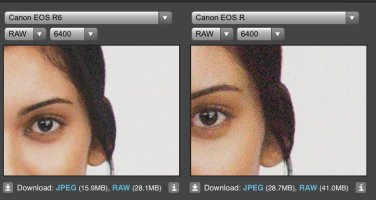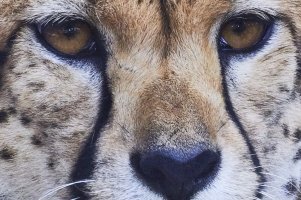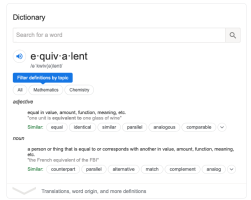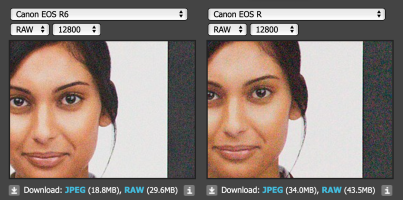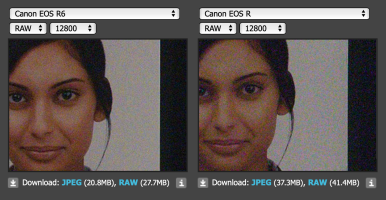Aussie shooter
https://brettguyphotography.picfair.com/
Everything about that R5 image is against it. F11, high ISO, Diffraction and very low crappy light. I doubt ANY sensor would give you a good image in that situationThe R5 rocks my best Canon sensor the 5DII at ISO 4000 but it isn't up to the Z6(which I think pre applies NR to the RAW). The R6 on the other hand looks really clean, but those where lower ISO samples. I am just not sure about that R5 image, it is a little soft and uninteresting, I'll wait for some more examples but especially in the eyes I was thinking to myself that I would need to do a wee bit of work to get this right.
Just now I think it is the test image itself that is making me think it is a bit meh of a performer. And it could also be that f/11 lens doesn't match up to lenses I am used to using.
Upvote
0


